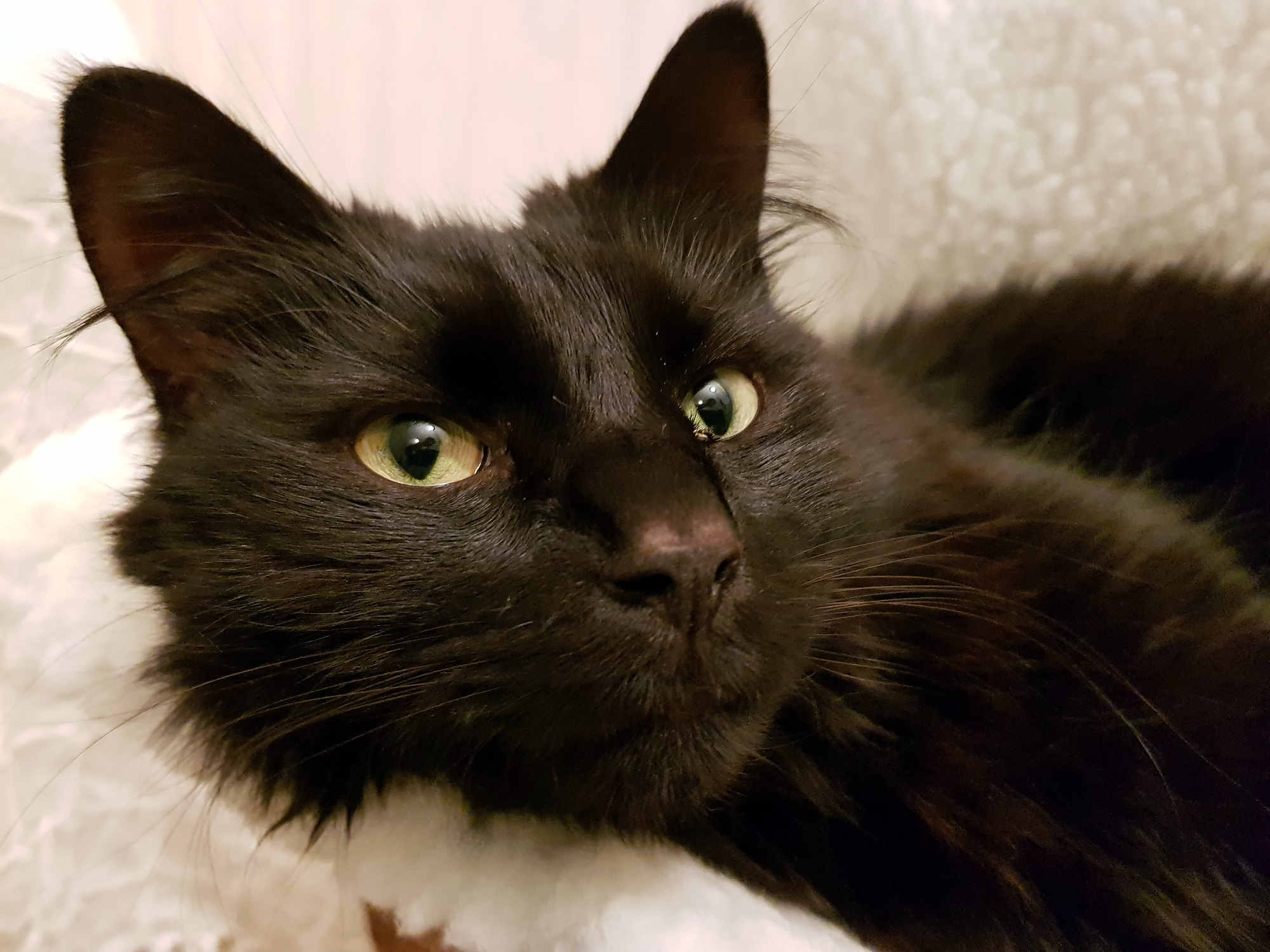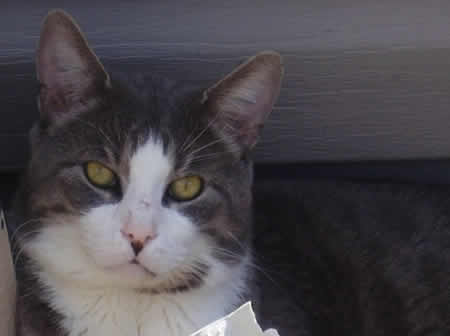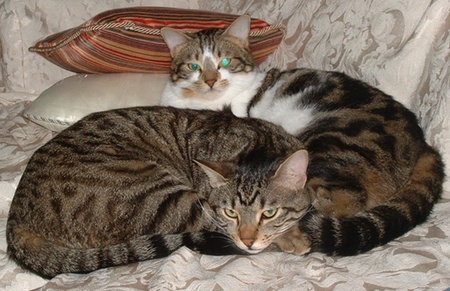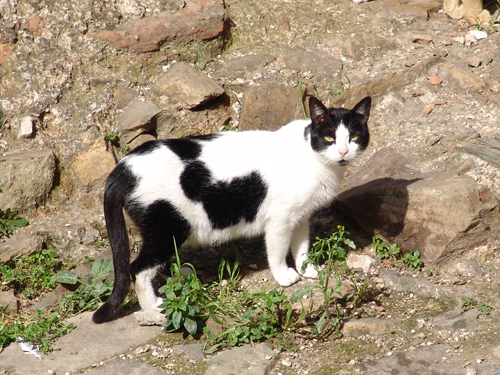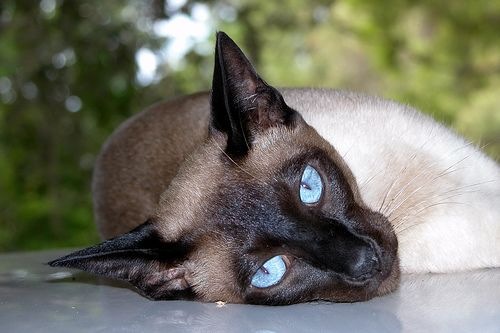Hello there Reader
The Moggyblog gang are pleased to announce that Moggyblog.com will be two years old on January the 1st 2009. So it’s, all together now… Happy Birthday to us!
Norman is getting excited as he will be having a party to celebrate this great occasion, and will be inviting all his friends round for a pukka meaty meal with milk (not too much now!) and buisk, biski, buiskits..,biskits… Cake. Yes they’ll be having cake and milk.
All the best from Moggyblogland we wish you a prosperous 2009.
Norm and I hope you’ll sticking with us and popping back for a look now and again.
Ed.
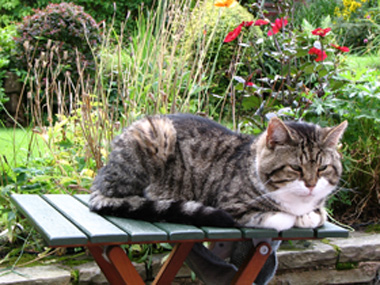
…”how the heck do you spell that dear”
